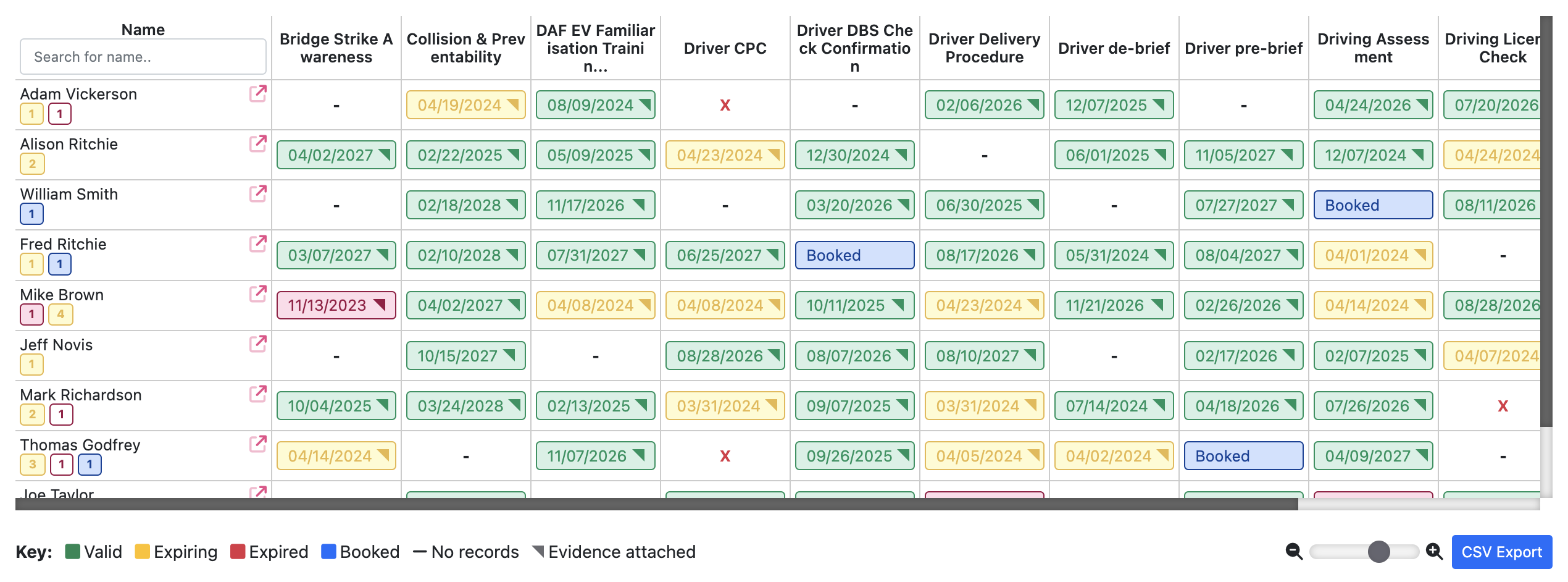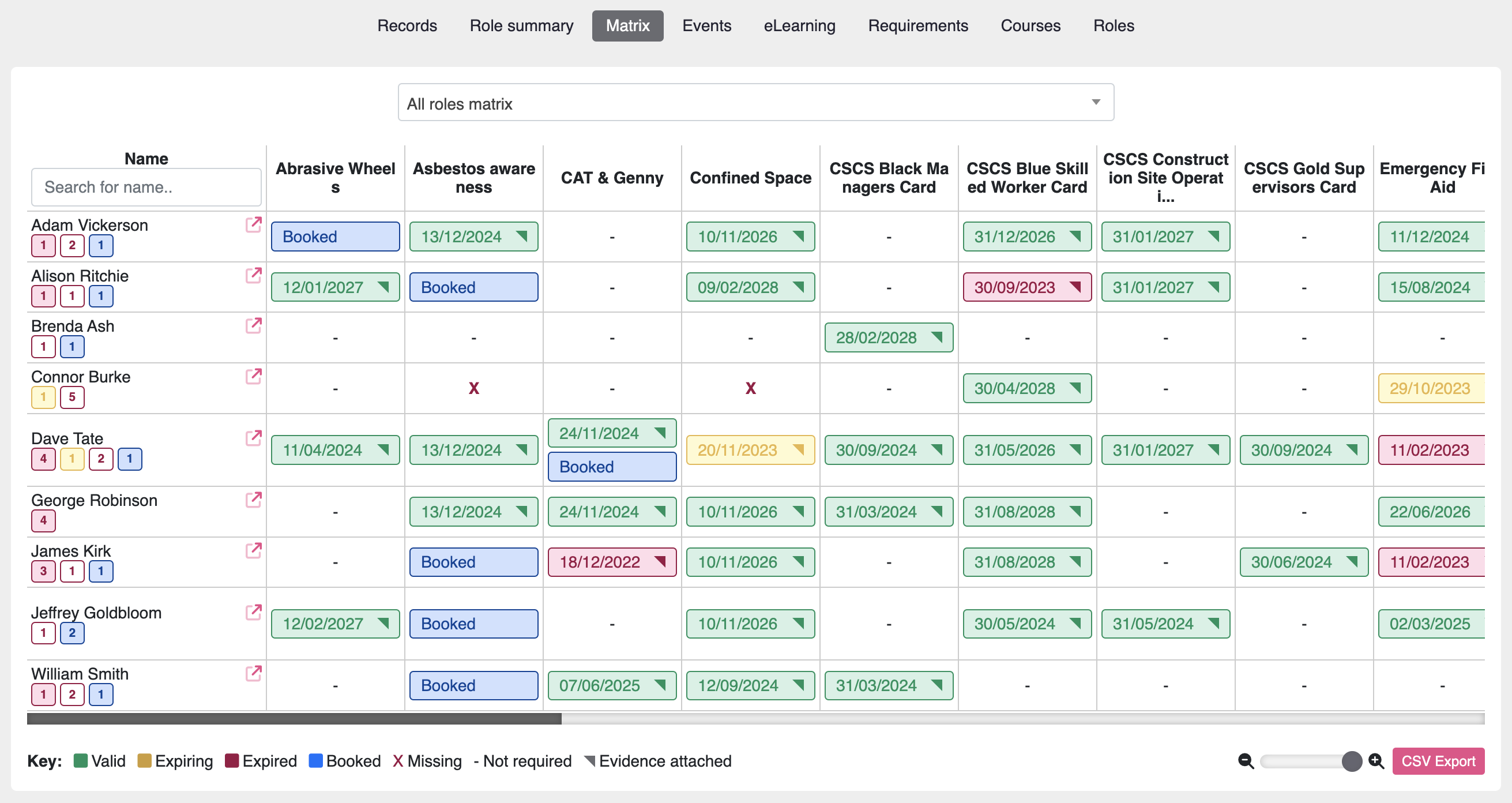The COVID-19 pandemic has forced many companies to shift to remote work, and since the world has reopened, many are considering a hybrid work model. This means a combination of remote and in-office work for employees. In this article we discuss the benefits of hybrid working.
While some may be hesitant to embrace this new way of working, there are numerous advantages and opportunities that come with a hybrid work model. In this article, we’ll explore the benefits of hybrid working and why it may be the future of work.
What is Hybrid Working?
Hybrid working, in 2024, is a flexible work model blending remote and in-office elements. It empowers employees to choose when and where they work, fostering a harmonious work-life balance. This innovative approach enhances productivity by optimizing workspaces with technology and attracts top talent by offering sought-after flexibility. To navigate the evolving landscape of work successfully, understanding and implementing hybrid working is crucial for organizations looking to stay competitive in 2024.
By staying informed on the latest insights and strategies, you can position your organization at the forefront of the hybrid working revolution. Embrace the power of hybrid working and shape a more agile, connected, and resilient workforce for your organization’s success.
Cost Savings of Hybrid Working
One of the biggest advantages of hybrid work is cost savings. With a hybrid model, companies can save on office space, utilities, and other overhead costs associated with having a physical office. This can result in significant cost savings for businesses, especially for smaller companies or startups.
Additionally, employees can also save on commuting costs and other expenses associated with working in an office. This can lead to increased job satisfaction and a better work-life balance for employees.
Increased Productivity with the Hybrid Work Model
Studies have shown that remote workers are often more productive than their in-office counterparts. This is due to a variety of factors, including fewer distractions, a more comfortable work environment, and the ability to create a personalized work schedule.
With a hybrid work model, employees have the best of both worlds. They can work from home when they need to focus on individual tasks and come into the office for collaborative projects and meetings. This can lead to increased productivity and better overall work performance.
Improved Work-Life Balance

One of the main benefits of remote work is the ability to create a better work-life balance. With a hybrid work model, employees have the flexibility to work from home when needed, allowing them to better manage their personal and professional responsibilities.
This can lead to increased job satisfaction and a better overall quality of life for employees. It also allows for a more diverse and inclusive workforce, as employees with caregiving responsibilities or disabilities can work from home without facing barriers to employment.
Attracting and Retaining Top Talent
In today’s competitive job market, offering a hybrid work model can be a major advantage for companies looking to attract and retain top talent. Many employees now prioritize flexibility and work-life balance when considering job opportunities, and a hybrid work model can be a major selling point.
By offering a hybrid work model, companies can expand their talent pool and attract highly skilled employees who may not be able to work in a traditional office setting.
Environmental Benefits of the Hybrid Work Model
With fewer employees commuting to the office every day, a hybrid work model can also have a positive impact on the environment. This can lead to reduced carbon emissions and a smaller carbon footprint for companies.
Additionally, with a hybrid work model, companies can also reduce their use of paper and other resources, leading to a more sustainable and environmentally friendly workplace.
Hybrid Working Opportunities for Companies
In addition to the benefits for employees, a hybrid work model also presents numerous opportunities for companies.
Increased Flexibility

A hybrid work model allows for increased flexibility for both employees and companies. Employees can work from home when needed, and companies can adjust their office space and schedules to accommodate a hybrid work model.
This can also lead to increased agility for companies, as they can quickly adapt to changing circumstances and needs without disrupting their operations.
Cost Savings
In addition to the cost savings mentioned earlier, a hybrid work model can also lead to cost savings in terms of employee recruitment and retention. By offering a hybrid work model, companies can attract top talent without having to offer higher salaries or other costly benefits.
Additionally, with a more satisfied and productive workforce, companies may also see a decrease in employee turnover, which can be costly for businesses.
Improved Collaboration and Communication
While remote work can sometimes lead to communication and collaboration challenges, a hybrid work model can actually improve these aspects of work. With a mix of remote and in-office work, employees can still have face-to-face interactions and build relationships with their colleagues, while also having the flexibility to work from home when needed.
This can lead to a more cohesive and collaborative team, resulting in better work outcomes and a stronger company culture.
Implementing a Hybrid Work Model
If you’re considering implementing a hybrid work model for your company, here are some tips to help you get started:
Establish Clear Guidelines and Expectations
It’s important to establish clear guidelines and expectations for employees when implementing a hybrid work model. This includes guidelines for remote work, in-office work, and communication protocols.
Make sure to clearly communicate these guidelines to all employees and provide resources and support to help them adjust to the new work model.
Invest in Technology
To ensure a successful hybrid work model, it’s important to invest in the right technology. This includes tools for remote communication and collaboration, as well as tools to help manage and track employee productivity.
Make sure to research and invest in the best technology for your company’s specific needs and goals.
Using a web based training management system like Moralbox.com enhances employee engagement and allows remote access out of the box so there is no need to set up complicated intranets or virtual machines etc.
Encourage Feedback and Adaptability
As with any major change, it’s important to encourage feedback and adaptability from employees. This will help you identify any challenges or issues with the hybrid work model and make necessary adjustments to ensure its success.
Conclusion
Hybrid work is the future of work, and companies that embrace this model will have a competitive advantage in the job market. By offering flexibility, cost savings, and increased productivity, a hybrid work model can benefit both employees and companies.
By following the tips outlined in this article, you can successfully implement a hybrid work model and reap the many advantages and opportunities it offers.
Further Reading
Here are 3 links to pages offering further reading on the benefits of hybrid working:
1. Gallup – The Advantages and Challenges of Hybrid Work:
This article from Gallup discusses the research they conducted on employee and leader perspectives on hybrid work. It highlights the most significant advantages, including improved work-life balance, efficiency, and autonomy. It also acknowledges potential challenges and offers helpful considerations.
2. Harvard Business Review – The Unexpected Advantage of Hybrid Work:
This HBR article delves into the less-discussed benefit of hybrid work: fostering innovation. It sheds light on how a hybrid approach can enable diverse perspectives and encourage collaboration that leads to creative solutions.
3. CIPD – Hybrid working: Guidance for people professionals:
This guide from the Chartered Institute of Personnel and Development (CIPD) provides a comprehensive overview of hybrid working. It covers various aspects, including benefits for employees and organizations, implementation strategies, and potential challenges.
These resources offer insights and information on the benefits of hybrid work from different perspectives, while remaining objective and independent of specific services or companies.

Alison is the Moralbox Customer Success Manager. She ensures that our customers enjoy the benefits and get the very best experience out of our products. Alison has over 8 years experience as a training manager.


